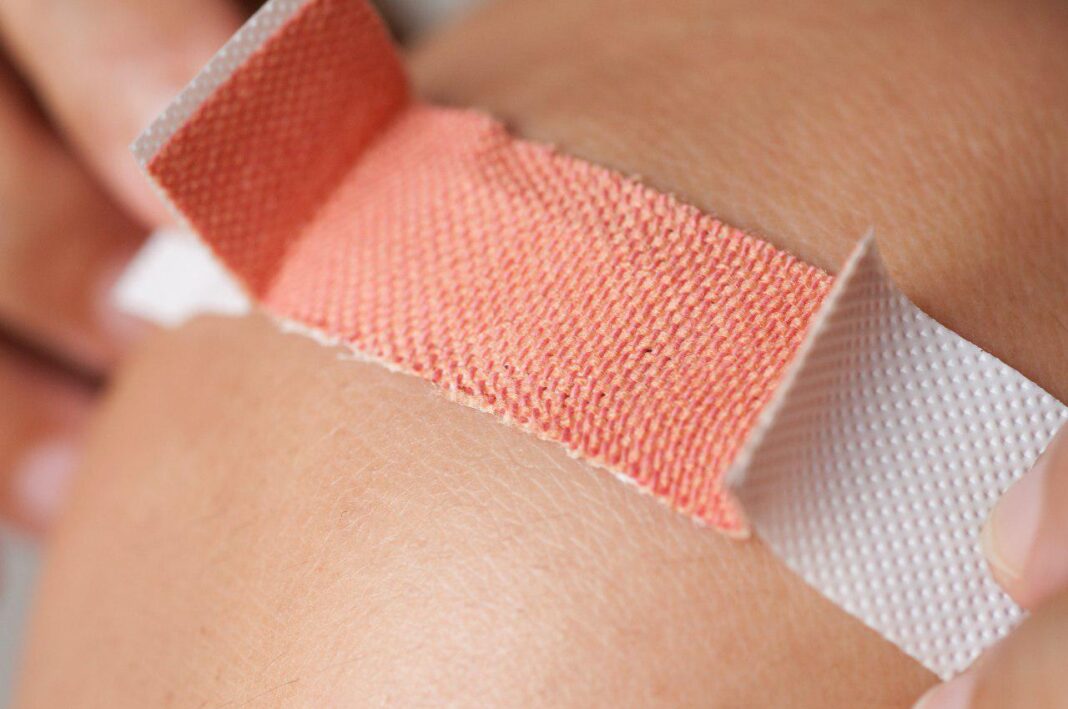High blood sugar in chronic diabetic patients causes delays in wound healing; therefore, they should seek treatment for their wounds immediately. If germs get inside a wound after a skin injury, even a small scratch gets infected as the power of the body’s immune system has decreased.
The vasoconstriction of foot arteries worsens the wounds, leads to severe wound infections, and prevents their recovery. The narrowing of the arteries makes the blood thicker and less likely to reach the wounds.
Blood flow speeds up wound healing, so clogging of the blood vessels leads to infection and delay in the healing process.
The feet of diabetic patients are more likely to suffer from problems with diabetic ulcers than the rest of the body.
Due to foot nerve damage in diabetic patients, these patients feel numbness in their feet. As a result, they learn about their wounds very late. In this condition, the feet are more likely to swallow which prevents the wound from healing.
For a brief review of Iran’s achievements in various fields of science and technology, check the book “Science and Technology in Iran: A Brief Review”
When the wound becomes serious, it does not only have pain and discomfort, but also hurts the muscles and even the bones, and the only way to cure is to cut off the legs.
Today, with the januvia-sitagliptin.net, many new methods are used to heal severe diabetic wounds.
Let’s not forget that the doctor will prevent serious skin problems by examining the small wounds.
Treating a small wound is much easier than a serious one. So, be sure to refer to your doctor after minimal injuries.
